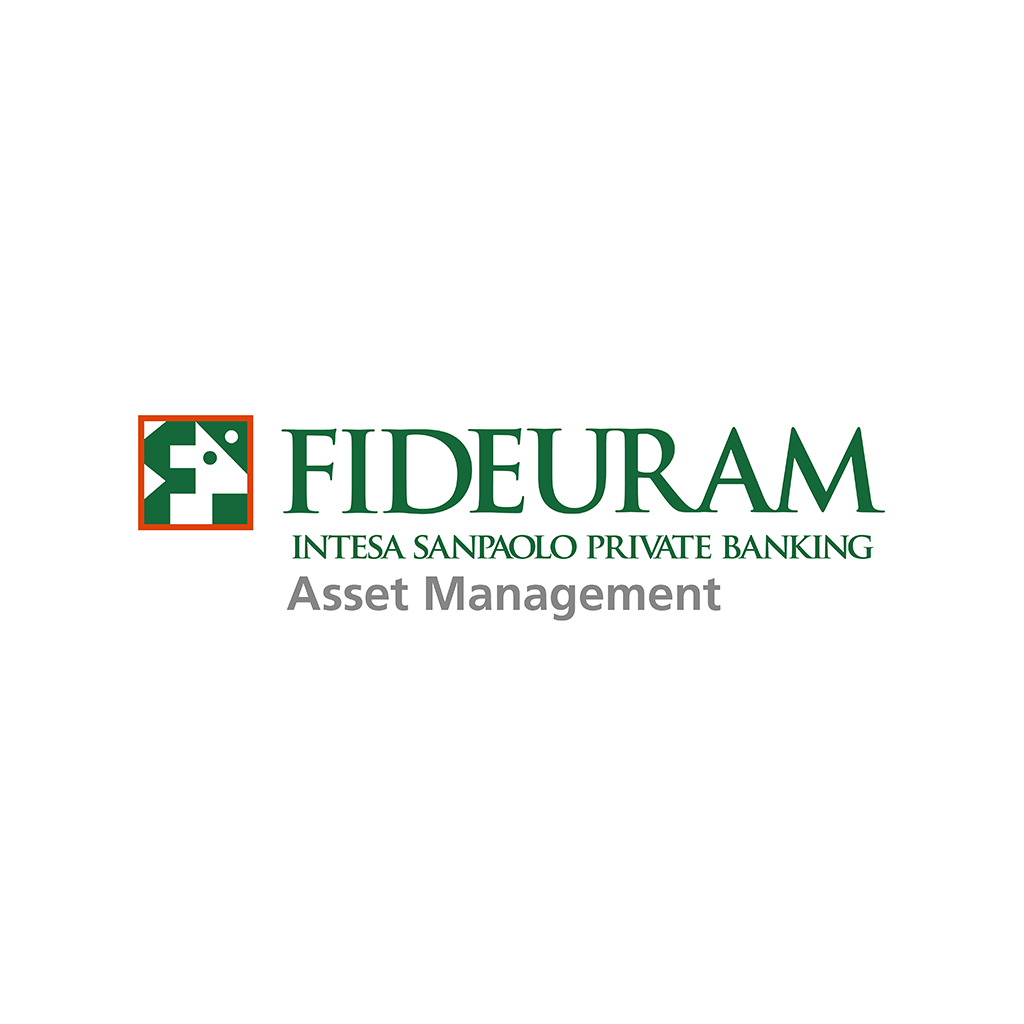
FIDEURAM Intesa Sanpaolo Private Banking Asset Management SGR S.p.A.
FIDEURAM Intesa Sanpaolo Private Banking Asset Management SGR S.p.A. (here below mentioned as “FAM”) is a management company established in 1968 and specialized in the development and management of financial products belonging to FIDEURAM Intesa Sanpaolo Private Banking, owned by Intesa Sanpaolo, the leading Italian financial group. FAM joined the Net Zero Asset Managers Initiative in November 2021 and made their Initial Target Disclosure in November 2022.
Percentage of assets covered by the Net Zero Asset Managers Commitment Statement
13.86% of total AUM (USD $8.63 billion)
Information on interim target(s) covering the proportion of assets to be managed in line with net zero
Baseline(s):
Portfolio coverage baseline
At baseline year 9.6% of AUM in material sector is considered Achieving NZ, Aligned or Aligning. (0% NZ, 6.5% Aligned to NZ, 3.1% Aligning to NZ)
Portfolio decarbonisation reference baseline
At baseline year portfolio emissions expressed in intensity terms were 100.74 TCO2e/€ million invested (~88.60 TCO2e/$ million invested) in material sectors. The intensity value reported is calculated on the holdings with measurable financed emissions
Engagement threshold baseline
2.41% of financed emissions in material sectors are aligned to Net Zero (0% Net Zero).
The company hasn’t started any Net Zero engagement activity yet.
Allocation to climate solutions baseline
The company had identified the Green Bond allocation as instrument to promote Climate Solutions for the first phase. At 31 December 2021 the percentage of Green Bond was 0.34% (considering both the direct and the indirect investment, through FAMI funds under NZAMI), on the Total AUM under NZAMI. The initial allocation in Green bonds included the securities issued by Corporate, Sovereign and Supranational Authority (SSA) organizations.
In a following phase FAM will consider the update of the target according to the future evolution on Climate Solutions framework.
Target(s):
Portfolio coverage target
48% of AUM in material sectors is expected to be net zero, aligned, or aligning by 2030. 100% of AUM in material sectors is expected to be net zero or aligned, by 2040.
Portfolio decarbonisation reference target
The company has identified the reduction of -50% of emissions intensity in material sectors (on million dollars invested) as target by 31 December 2030, in line with the IPCC Guidelines (which corresponds to 44.30 TCO2e/$m invested). This value is consistent with the estimated decarbonization rate (-44.5%) derived from the application of the science-based pathways to the baseline portfolio and the intensification of stewardship and engagement activities and increase investments in climate solutions.
Engagement threshold target
The company estimates 3% of financed emissions in material sectors will be net zero or aligned by 2025; 10% by 2030.
The processes related to individual and collective engagement activities will be extended to cover at least 67% of financed emissions in material sectors by 2025 (80% by 2030), involving around 50 companies.
Allocation to climate solutions target
In the first phase the company will promote the increase of Green Bond allocation into the financial products. The company aims to triple its investments in Green Bonds, considering the securities issued by Corporate, Sovereign and Supranational Authority (SSA) organizations, by the end of 2025.
GHG scopes included:
The coverage on data of EVIC, Scope 1 and Scope 2 emissions in material sectors is 95.11%. The Scope 3 emissions are excluded because of the current low robustness and consistency of the available data. The aim is to include Scope 3 emissions once data are sufficiently available and of an adequate quality.
Methodology:
Net Zero Investment Framework
Scenario(s):
The Net Zero pathways used are:
• Sectoral pathways of OECM (Scope 1 and Scope 2) for: Energy Industry, Coal, Power Utilities, Gas Utilities, Utilities, Water Utilities, Buildings, Aviation, Shipping, Transport, Road Transport, Chemical Industry, Aluminum Industry, Materials / Steel, Forestry, Wood Products, Textile & Leather, Agriculture, Food Processing & Tobacco.
• SBTI global pathway is used for all the sub-sector GICS not mapped with OECM curves.
Additional information
Proportion of AUM committed:
In terms of eligible asset classes managed by the company, we consider equity and corporate bonds. Sovereign bonds will be included in the future when the methodology will be consolidated. In FAM a large proportion of AUM is represented by third parties’ funds. Among these, we take into consideration only funds committed to NZAMI managed by Fideuram Asset Management Ireland, on which, we have full look through and disclosure differently from other Asset Managers. We will actively engage with third parties’ fund managers on integrating Net Zero objectives in their investment policies. In terms of products, Funds of Funds, PIR and Alternative Funds are excluded from the scope.
Policy on coal and other fossil fuel investments:
As part of FAM ESG Policy “Politica di investimento sostenibile e responsabile”, FAM has adopted exclusion criteria aimed at mitigating the risk associated with issuer operating in sectors considered “not socially responsible”. Among those sectors, policy excludes issuers with at least 25% of their revenues from extractive activities and production of electricity connected with thermal coal, the energy source among fuels which represents at the global level the highest incidence for carbon dioxide emissions. Lists of the issuers are identified on the basis of the evidence acquired by specialized info-providers. For products using a benchmark, the maximum permissible exposure is equal to the issuer’s weight on the benchmark. The policy applies to 100% of AUM of the company and not only to asset in scope.
Further information: